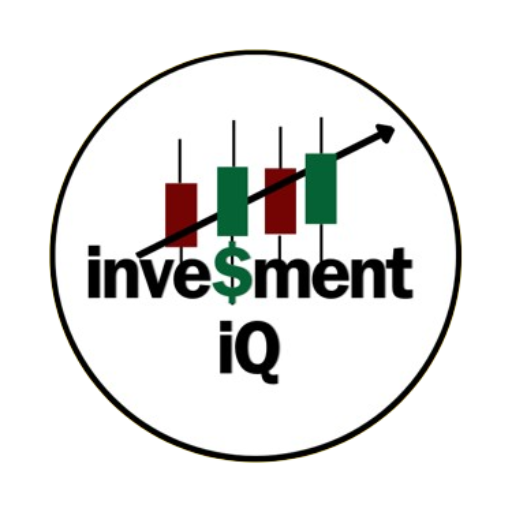Retirement may seem far off for some, but the earlier you start planning and managing your retirement fund, the better prepared you’ll be when the time comes. Whether you’re just beginning your career or nearing retirement, making the most of your retirement fund is crucial to ensure financial security in your later years. In this blog, we’ll explore effective strategies to maximize your retirement savings, minimize taxes, and help you build a nest egg that can support your future lifestyle.
1. Start Early and Contribute Consistently
The earlier you start saving for retirement, the more time your money has to grow through compound interest. If you begin saving in your 20s or 30s, you’ll have decades to let your investment grow. Even small, consistent contributions can build up over time.
Try to set up automatic contributions to your retirement account, whether it’s a 401(k), IRA, or other retirement savings plan. Automating your contributions ensures that you won’t skip payments and helps you stay disciplined with your savings.
2. Take Advantage of Employer Contributions
If your employer offers a matching contribution to your retirement fund (such as a 401(k) match), make sure you take full advantage of it. This is essentially free money that can significantly boost your savings. For example, if your employer matches your contributions up to 5%, try to contribute at least that amount. Not taking advantage of this is like leaving money on the table.
3. Diversify Your Investments
One of the most effective ways to grow your retirement fund is by diversifying your investments. A well-diversified portfolio spreads your risk across different asset classes, such as stocks, bonds, and real estate. Diversification helps protect you from the volatility of individual investments and increases the potential for long-term growth.
Consider including a mix of domestic and international stocks, bonds, index funds, and other asset types that align with your risk tolerance and time horizon. As you approach retirement, you might want to gradually shift to more conservative investments to preserve your savings.
4. Understand the Tax Benefits of Retirement Accounts
Different types of retirement accounts offer various tax advantages. For example:
- 401(k): Contributions are made pre-tax, which reduces your taxable income in the current year. However, withdrawals are taxed in retirement.
- Roth IRA: Contributions are made after-tax, but withdrawals are tax-free in retirement if certain conditions are met.
- Traditional IRA: Similar to a 401(k), contributions are tax-deductible, and withdrawals are taxed in retirement.
By understanding the tax benefits of each account, you can optimize your contributions based on your current tax bracket and future retirement income needs.
5. Maximize Contribution Limits
Each year, the government sets limits on how much you can contribute to retirement accounts. In 2025, for example, the annual limit for 401(k) contributions is $22,500 (with an additional $7,500 catch-up contribution for those aged 50 or older). Similarly, the contribution limit for an IRA is $6,500, with a catch-up limit of $1,000 for those over 50.
Whenever possible, aim to contribute the maximum allowable amount to your retirement account to take full advantage of these tax-deferred or tax-free growth opportunities. Even if you can’t contribute the maximum right away, try to increase your contributions over time.
6. Rebalance Your Portfolio Regularly
As your retirement date approaches, it’s essential to periodically review and rebalance your investment portfolio. Over time, some investments may grow faster than others, causing your portfolio to become unbalanced. For example, if stocks have performed well, you may end up with a portfolio that’s too heavily weighted in equities, exposing you to more risk.
Rebalancing ensures your investments stay in line with your risk tolerance and retirement timeline. Most financial experts recommend gradually shifting towards more conservative investments as you near retirement to help protect your savings from market downturns.
7. Minimize Fees and Expenses
Investment fees, although often small, can add up over time and significantly impact your retirement fund’s growth. Look for low-cost investment options, such as index funds or exchange-traded funds (ETFs), which typically have lower management fees compared to actively managed funds.
Be mindful of other fees, such as trading commissions or fund expense ratios, as they can eat into your returns. Regularly review the fees associated with your retirement accounts to ensure you’re not overpaying.
8. Stay Focused on the Long Term
It’s easy to get caught up in short-term market fluctuations, but remember, retirement is a long-term goal. Resist the urge to make impulsive decisions based on market dips or media headlines. Historically, the stock market has recovered from downturns and provided positive returns over the long term.
Stay focused on your long-term retirement goals, and avoid making decisions based on fear or short-term volatility. If you’re in a retirement account designed for long-term growth, there’s no need to panic during market drops—stay the course.
9. Consider Working with a Financial Advisor
A certified financial advisor can help you make more informed decisions about your retirement fund. Advisors can provide guidance on portfolio diversification, tax strategies, and other aspects of retirement planning. If you’re unsure about your retirement strategy or feel overwhelmed, seeking professional advice may help you build a more secure and effective plan.
10. Don’t Forget About Healthcare Costs
As you approach retirement, healthcare becomes one of the most significant expenses to plan for. Medicare may cover a portion of your healthcare needs, but it doesn’t cover everything. Consider setting aside additional funds in a Health Savings Account (HSA) or creating a separate emergency fund to cover healthcare expenses.
Pensées finales
Pour maximiser votre fonds de retraite, il est essentiel d’avoir une planification minutieuse, de faire des contributions régulières et de prendre des décisions d’investissement judicieuses. En commençant tôt, en profitant des contributions équivalentes de l’employeur, en diversifiant vos placements et en réduisant les frais, vous pouvez optimiser votre épargne et améliorer les perspectives d’atteindre vos objectifs de retraite. Bien qu’il soit impératif de se projeter dans l’avenir, n’oubliez pas de réévaluer et d’ajuster régulièrement votre stratégie pour garantir une retraite sûre et agréable.
you may be interested in ths blog here:-
How to Create a Trading Plan: Example & Risk Management




